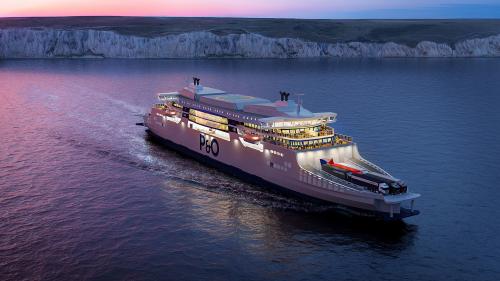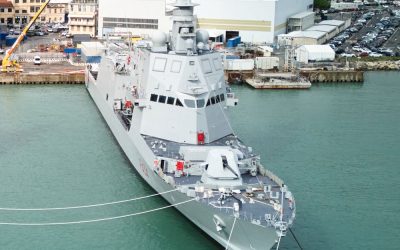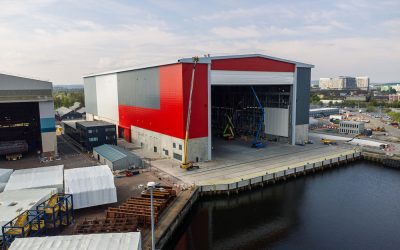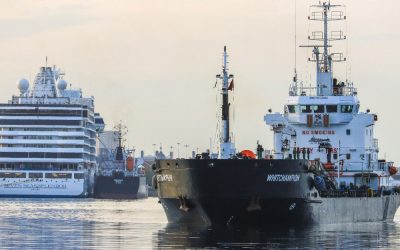In September 2021, a £450,000 seven-month research project was announced that aims to assess the scale of that challenge. The Dover Clean Ferry Power project (DCFP) is part of a £20 million programme being funded by the UK’s Department of Transport that will support the Port of Dover Air Quality Action Plan. DCFP brings together a consortium consisting of Port of Dover, P&O Ferries, WMG [Warwick Manufacturing Group] at the University of Warwick, Schneider Electric and the University of Kent, which is leading the project.
Dr Ramin Raeesi, director of the Centre for Logistics and Heuristic Optimisation at Kent Business School and Principal Investigator for the project, tells TNA that it will explore viable scenarios to electrify Channel crossing ferries, in particular the P&O ferries operating on the Dover-Calais route. He explains: “At the end of the project the main requirements for this project is going to be a very clear implementation plan which the port can use to decarbonise its operations regarding the Channel crossing ferries.”
There are currently four P&O ferries of different classes operating between Dover and Calais, with a variety of characteristics. For example, Pride of Burgundy (built 1993) is a diesel-powered vessel capable of carrying 120 freight units, 600 cars and 1,400 passengers with a service speed of approx. 18.5knots (in good weather) that burns roughly 70tonnes of fuel over the course of 24 hours. In 2019, P&O announced it had ordered two diesel-electric hybrid ferries from Guangzhou Shipyard International in China, which are scheduled to launch in 2023.
Lack of shore power
“The trouble is that right now there is no shore power supply for cold ironing, let alone recharging ferries with those huge batteries,” says Raeesi. “Running a hybrid ferry on its own will reduce emissions because you’re storing and using energy in a more efficient way, but simply relying on the diesel engine to recharge the battery won’t achieve decarbonisation, so we have to think of onshore power scenarios.”
“In the short term we will study the current five ferries operating at the port and see how much energy the port requires for cold ironing. The second stage will be how to satisfy demand with the addition of the new hybrid ferries, and longer term the electrification of all the ferries that are operating at the port.”
That electrification won’t be achievable in the near future, but one of the project’s aims is to clarify the various steps necessary to realise that goal. Raeesi says part of the problem is a chicken and egg situation: ferry operators can’t be enticed to go electric unless they know there is shore power, but the cost of installing shore power isn’t justified without being confident of demand. Currently the National Grid has a contract to supply the Port of Dover with a comparatively modest 4.5mkV of energy, although there are longer term plans to increase this to 20mkV.
Although Dover is trailing compared to some of advances made with electrification of ferries in countries such as Norway, Raeesi points to the very particular challenges it faces. Most of those ferries travel far shorter distances, meaning they can operate with much smaller batteries. Nor are they generally based in locations that are such a key strategic hub, enclosed by cliffs that put space at a premium and limit the possibilities for expansion. Another consideration is how to achieve synergy with Calais. Raeesi says meetings with the French port are planned for the near future to consider the practicalities, with the possibility of securing some EU funding for the project, despite Brexit.
Ultimately, he is confident that the project will lead to practical suggestions that can be taken to the market and applied at other ports in the UK and beyond. “There is a very strong consortium around this project and we’re hoping to deliver real hope for electrifying the maritime sector in the mid to long term,” he concludes.






